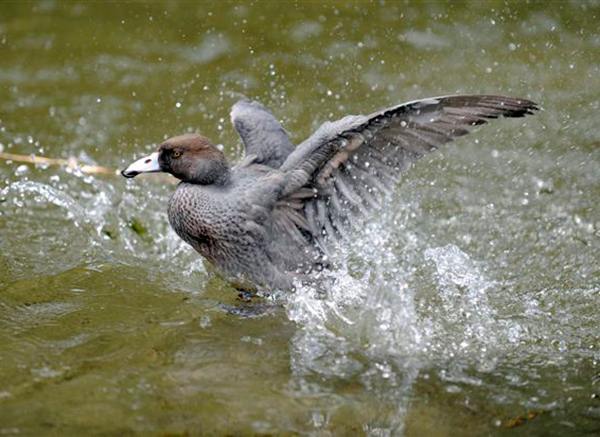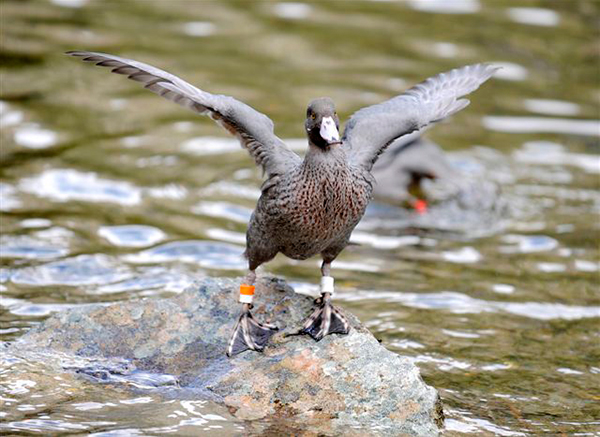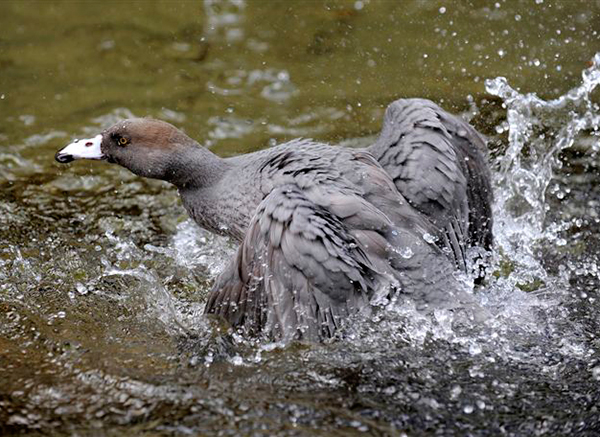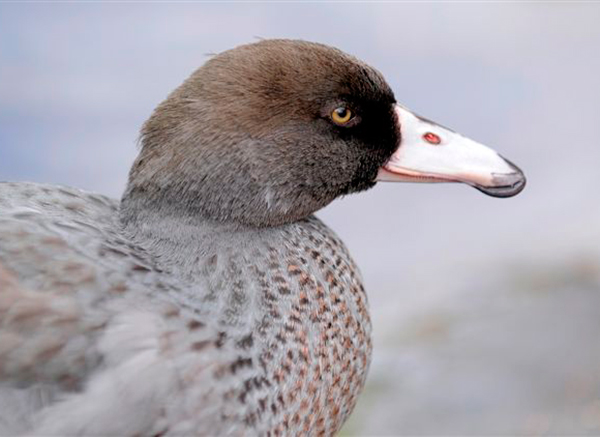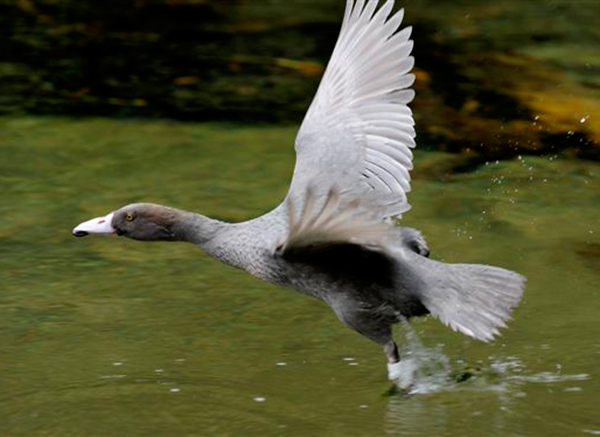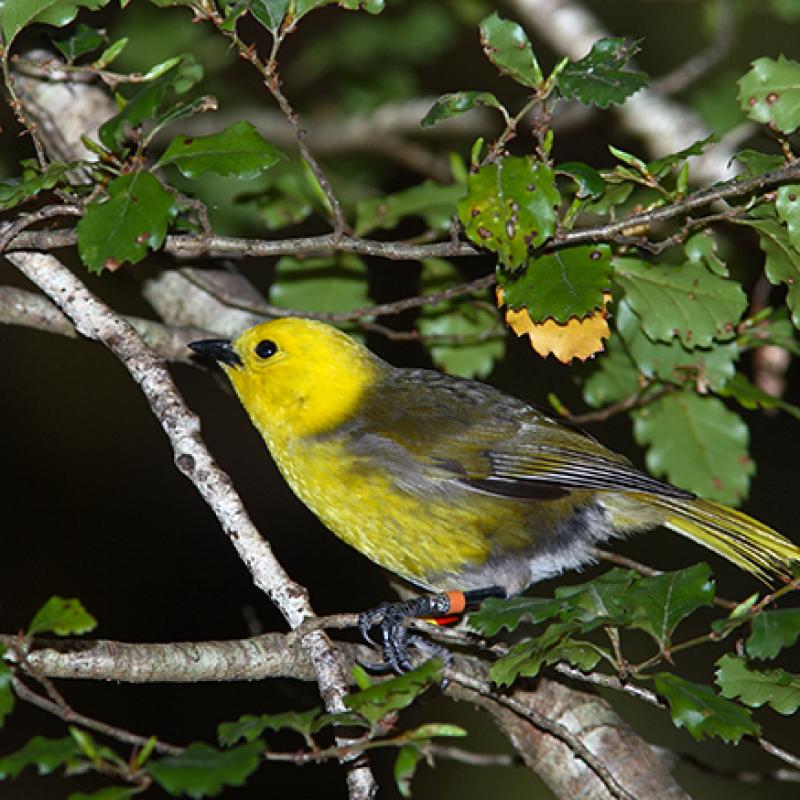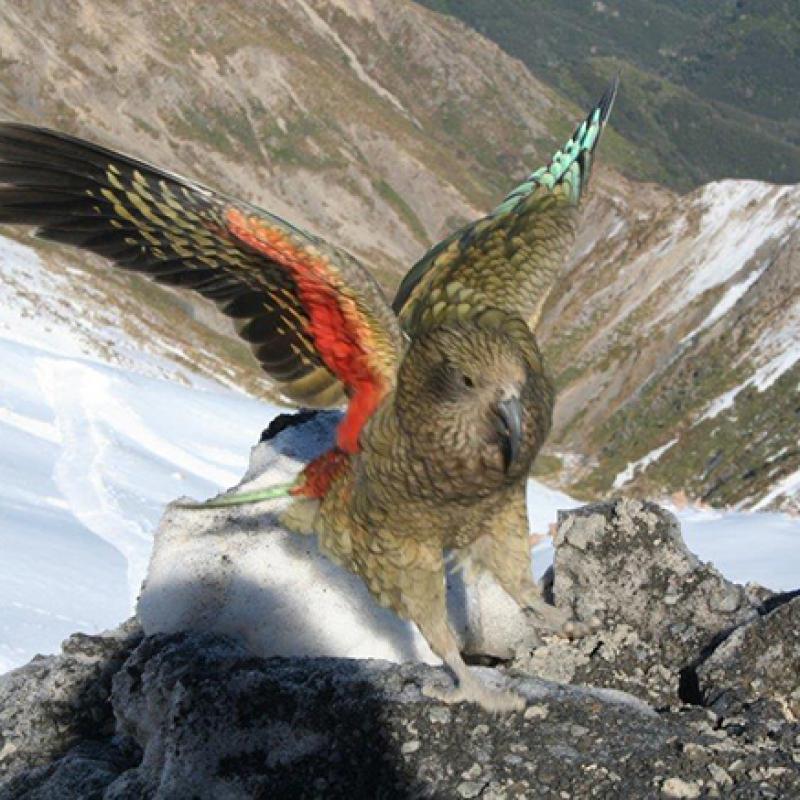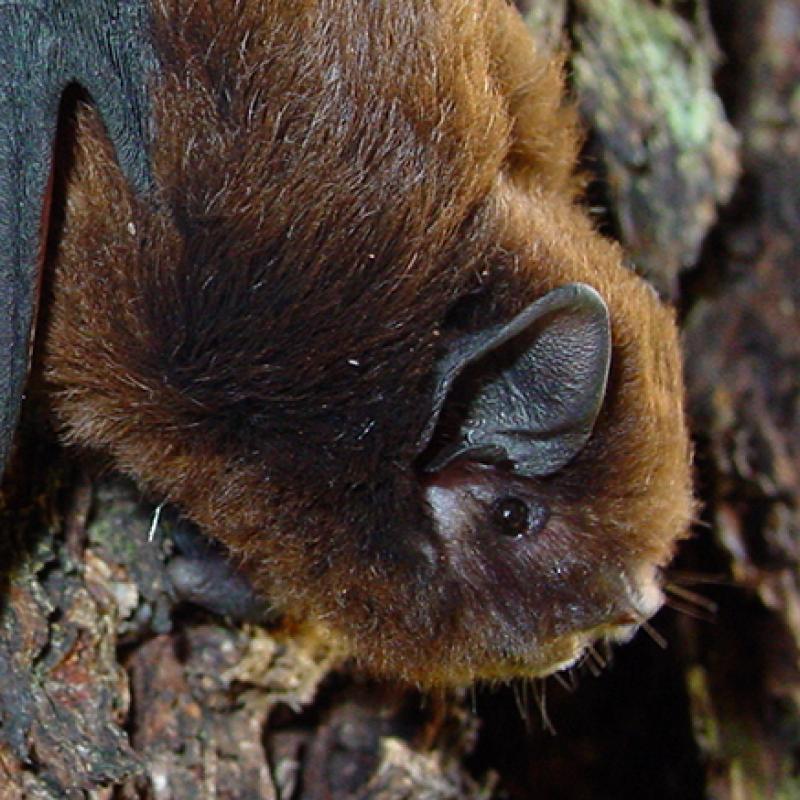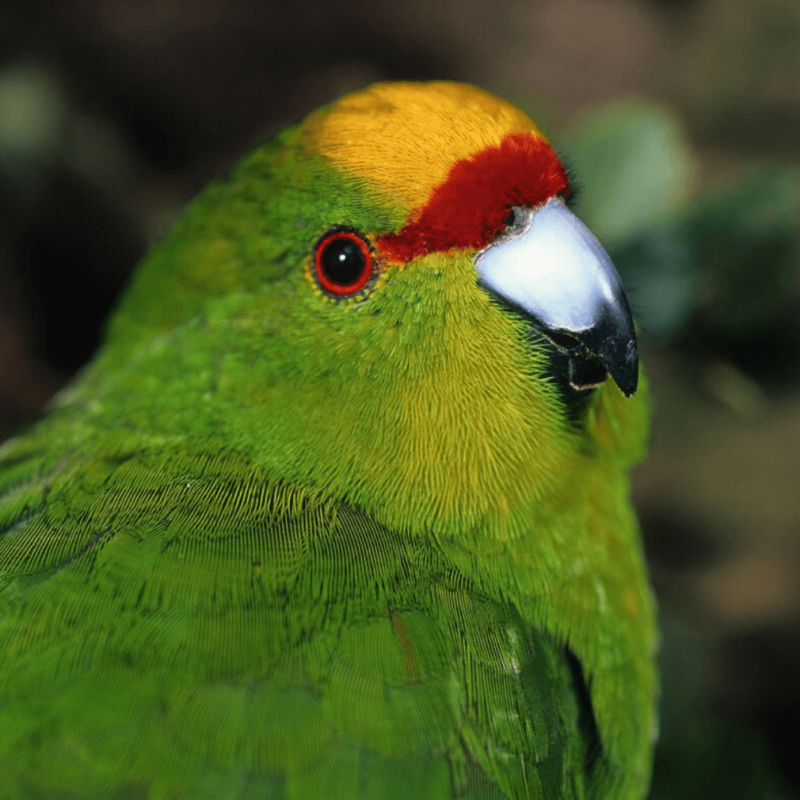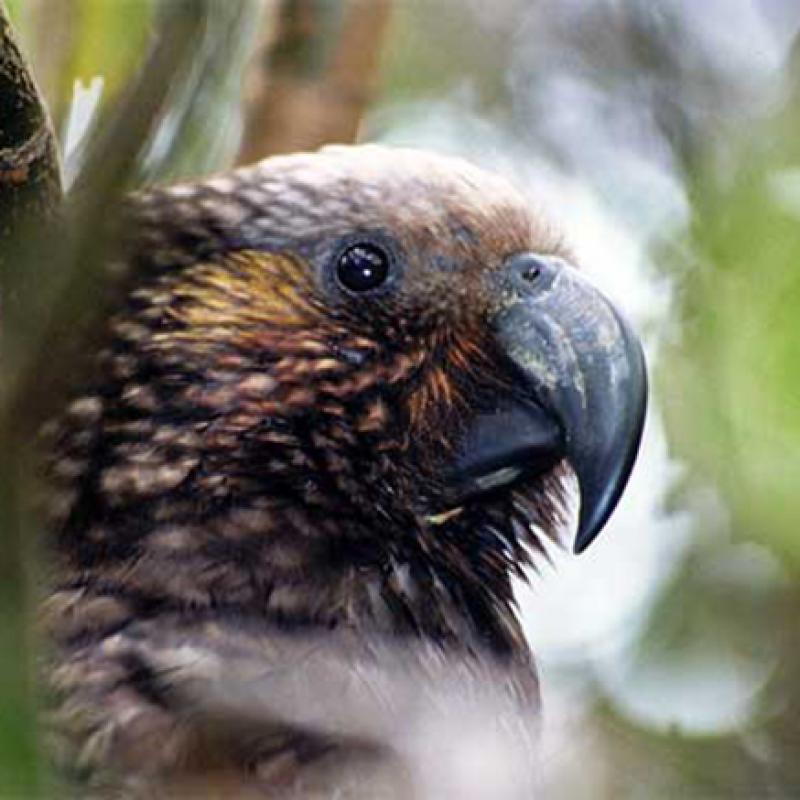Whio are listed as nationally vulnerable with populations falling in unprotected areas.
Whio are listed as nationally vulnerable under the New Zealand Threat Classification System, with populations falling in unprotected areas. A recent estimate, based on surveys and site records, provided a national figure of approximately 2500 individuals (O’Connor et al. 2004). Unlike some endangered bird species, blue ducks cannot simply be transferred to off-shore islands to ensure their viability as they need large areas of quality, fast flowing riverine habitat for their aquatic larvae food source. Floods destroy their nests, fragment broods and wash away their food. Their habitat and diet makes them a good marker for a healthy river eco-system.
Pairs occupy approximately 1km of water – so they need a lot of river to sustain a large population and they fiercely defend their territories, making it difficult to put them with other ducks in captivity. Their continued survival is mainly dependent on protection of secure source populations in mainland New Zealand.
Whio are predated by stoats, ferrets and cats; they are most vulnerable at nesting time (when eggs, the young and females are vulnerable) and also when females are in moult and can’t fly. Extensive trapping can manage these predators and work in key whio habitats by DOC and Genesis Energy on the Whio Forever Project has already seen an increase in whio numbers.
A recent survey reported only 2 birds in each of the Routeburn, Rockburn and Beansburn Valleys. Securing these valleys from stoat predation means that new birds can be re-introduced with confidence.



